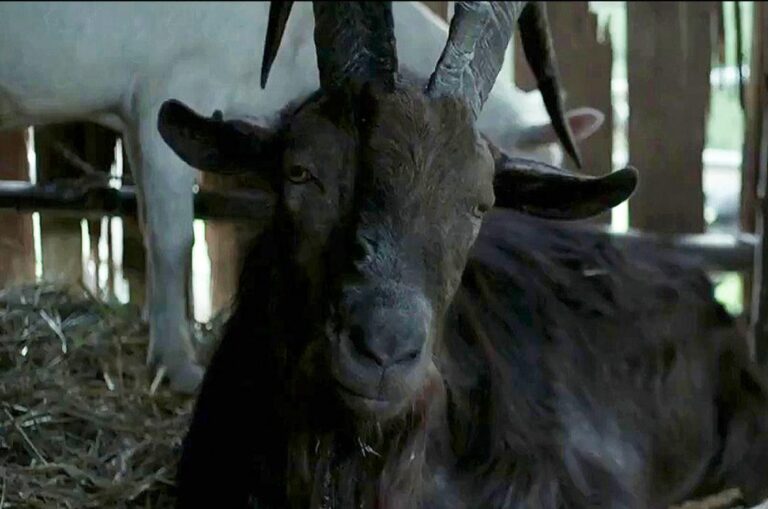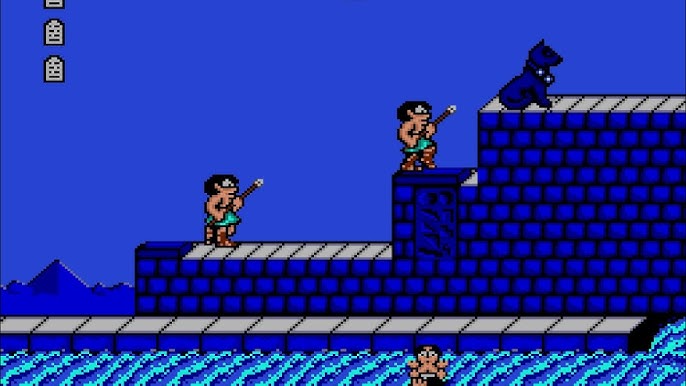Rounding out this new series of favourite and least favourite media, we have my list of the...
star wars
Surprise! Like I said in my favourite video games list, I’ve been tracking every movie I’ve watched...
So, since I went through my top 100 games of all-time, I thought it might be interesting...
25. Star Wars: Knights of the Old Republic (2003, PC) Knights of the Old Republic has some...
In October 2020 I released an article about all the different RPG characters I’ve played over the...
Like many a life-long nerd, I have played several roleplaying games over the years and have built...
It’s the end of the decade, so you know what that means – big retrospectives of the...
Love Built-in DVD Player – Having a CD player in the PS1 was a nice convenience, but...
When it comes to cinematic universes, we all know the story: Marvel’s only getting better as they...
Solo: A Star Wars Story is out this week and for the first time since 2008’s Clone Wars animated...
This probably shouldn’t be a super controversial statement, but I rather like Kylo Ren. In my mind,...










